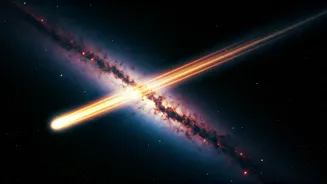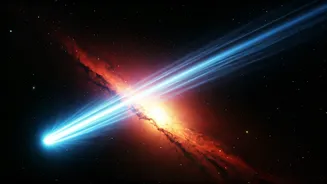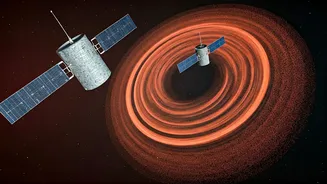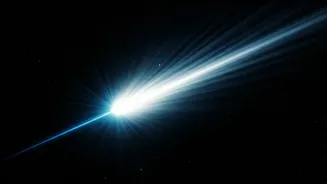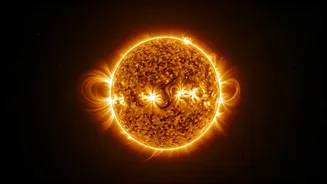Here are today’s most important updates from the realm of Science and Space.
Mars’ Jezero Crater Reveals Ancient Water Phases That Could Have Nurtured Life
NASA's Perseverance rover has uncovered remarkable new evidence about Mars
watery past, showing that the Jezero Crater once went through several distinct stages of water activity. These discoveries suggest that the Red Planet may have had environments suitable for life at different times in its ancient history. Using advanced mineral analysis, scientists have pieced together a story of changing water conditions that could have supported tiny forms of life. Researchers explained that minerals found in Jezero Crater indicate that several different phases of liquid water existed there over time. Each phase had different chemical compositions and temperatures, which influenced the mineral formation process. These findings suggest that water activity in Jezero Crater did not occur just once, but rather underwent multiple phases that could have created favourable conditions for life.
Comet Strikingly Similar to 3I/ATLAS Speeds Toward Earth - But What Is It?
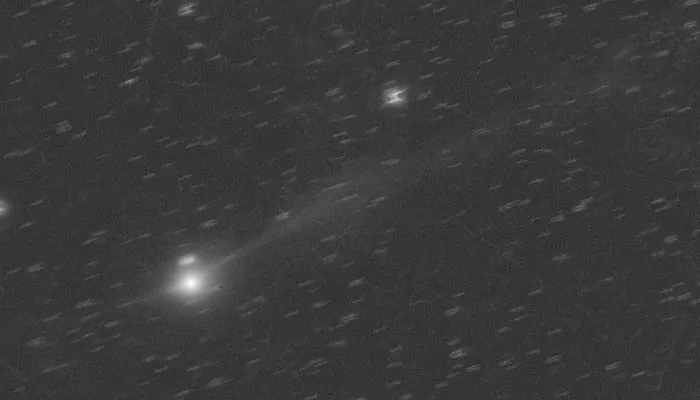
Astronomers have observed a mysterious comet racing through the solar system towards both Earth and the Sun. It has led to comparisons with the famous interstellar object 3I/ATLAS. The new comet, which was expected to come closest to Earth on November 11, is showing minor similarities to 3I/ATLAS. Experts, however, denied the claim, stating that it most likely originated within our solar system rather than coming from interstellar space, according to reports. Astronomers reported observations of the new comet to the Minor Planet Center (MPC) between November 2 and 5. The MPC is the official organisation that tracks and records new asteroids, comets, and other small objects in the solar system.
When the Sun Roared: 2025’s Most Powerful Solar Flare Hits Earth
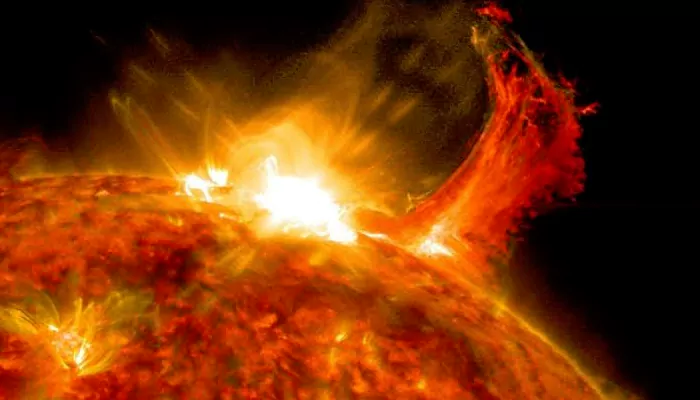
A massive solar flare, classified as X5.1, erupted from the Sun on November 11, causing widespread radio blackouts across Europe and Africa, Space.com reported. The powerful flare triggered a severe R3-level radio blackout and disrupted high-frequency radio communications on the sunlit side of Earth. It was the strongest of 2025 and the most intense since October 2024. The X5.1-class flare has the potential to disrupt satellite communications, GPS and power grids. The solar flare is part of a series of intense flares from sunspot AR4274, which has been producing significant solar activity in recent days.
Future Space Food: Scientists Say Insects Could Feed Astronauts on Mars

European scientists are exploring an unconventional yet promising solution to sustain astronauts on long-duration space missions: insects. The European Space Agency (ESA) has teamed up with food, biology and space experts from across the continent to study whether insects could become part of an astronaut's menu, given their high nutritional value. Eating insects might sound bizarre, but ESA noted that it is not unusual, as billions of people do it every day. Humans consume over 2000 species of insects around the planet, as per the UN's Food and Agriculture Organization. Crickets and mealworms are packed with protein, healthy fats, and essential minerals like iron and zinc. In fact, crickets are a complete protein source, containing all nine essential amino acids. Mealworms, on the other hand, contain a good amount of protein and healthy fats.
.webp)


